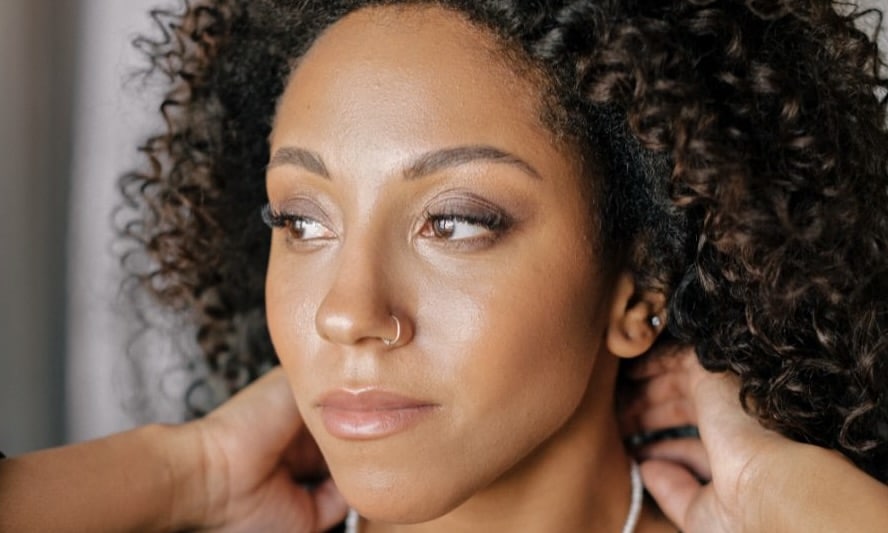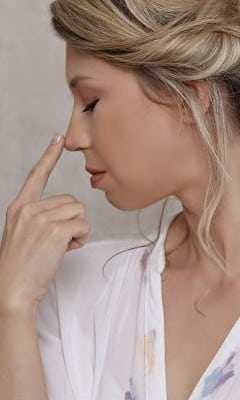
Rhinoplasty surgery, also called a nose job, is a popular plastic surgery that can transform your nose size and your face’s overall appearance.
The purpose of nose surgery is to shape the nose to make it in better proportion with your face. Rhinoplasty surgery can increase or decrease the size or shape. It also can straighten the nose if it’s crooked or remove a bump on the bridge. Your nose plays an important role in your appearance and many people are critical about their sniffer.
If you are considering rhinoplasty, you aren’t alone: The American Society of Plastic Surgeons reported more than 223,000 nose jobs were done in 2016, and the surgeries are on the rise.
Learn more about rhinoplasty below. Also, many patients decide to have other facial procedures with their nose job to maximize results.
Popular procedures include a facelift, brow lift, and eyelid surgery.
Types of Rhinoplasty
Rhinoplasty surgeries can correct physical issues with the focal point of your face, your nose, or correct breathing problems, but there are many types of procedures. During some nose jobs, the surgery is invasive and will correct how the nose functions and its appearance.
There also are non surgical rhinoplasty methods that concern minor aesthetics.
Below is more information about the types of rhinoplasty procedures. Consult with a plastic surgeon to determine which procedure may be best for your situation.
Open Rhinoplasty
 Open rhinoplasty is the most invasive procedure in that it opens your nose to give the surgeon maximum access to the underlying nasal structure. The surgeon makes an incision between the nostrils to gain full access to the nasal cartilage and bones.
Open rhinoplasty is the most invasive procedure in that it opens your nose to give the surgeon maximum access to the underlying nasal structure. The surgeon makes an incision between the nostrils to gain full access to the nasal cartilage and bones.
The nasal skin is lifted off the nose so the surgeon can do their work. Some of the reasons you may need open rhinoplasty are:
- Reshaping the nasal tip
- Straightening a crooked nasal bridge
- Fixing a deviated nasal septum
- Removing a hump in the bridge
Closed Rhinoplasty
Closed rhinoplasty is a less invasive nose job that doesn’t leave a visible scar on the tissue between the nostrils. The only incisions are inside the nostrils, and the procedure usually has less swelling than open rhinoplasty.
Some refer to closed rhinoplasty as ‘finesse surgery’ because the surgeon works only through your nostrils to correct nose issues.
The surgeon usually makes small incisions in the nostrils to get to the bones below without being too invasive.
However, this surgery has its limits and requires the skin on the nose to be stretched. In addition, there is only so much the skin and nasal tip can be reshaped with this procedure.
If you had rhinoplasty before, you are not a candidate for closed rhinoplasty, and the results aren’t as dramatic as open rhinoplasty.
Endoscopic Rhinoplasty
Another nose job procedure is endoscopic. This involves inserting a tube and camera in the nose to correct the problem. This procedure is used for minor nose adjustments and less swelling and bruising.
However, some surgeons question if the endoscopic method offers superior results to the open procedure.
The patient should check that the surgeon is experienced with endoscopic rhinoplasty. Also, making significant changes to the nose appearance and structure isn’t possible with this technique.
Liquid Rhinoplasty
Patients who don’t need structural changes to the nose may be candidates for liquid rhinoplasty. This popular procedure uses dermal fillers to change the nose’s shape slightly.
Some dermal fillers used for liquid rhinoplasty are Restylane, Juvederm, and Radiesse. Once the surgeon injects the filler in the nose, there is an immediate change.
For example, if you want a bolder nose profile, the filler can be put on the bridge to increase its definition. In addition, up to 1 cc of dermal filler can be injected to reduce indentations or depressions in the nose.
Note that liquid rhinoplasty isn’t permanent, so you will need touch-ups every six to 12 months.
A Nose Job And Your Smile
 Many rhinoplasty patients wonder how the procedure will affect your smile. This is a valid question because the procedure involves the nose, which is so close to the upper lip. One concern is that the patient will have a stiff upper lip that will prevent a natural smile.
Many rhinoplasty patients wonder how the procedure will affect your smile. This is a valid question because the procedure involves the nose, which is so close to the upper lip. One concern is that the patient will have a stiff upper lip that will prevent a natural smile.
Fortunately, you don’t have to worry when you work with a board-certified plastic surgeon who does many nose jobs.
A skilled and experienced plastic surgeon knows how to perform a nose job without affecting the lip muscles and tissues.
However, after rhinoplasty that focuses on the base of your nose, the temporary swelling may make the top lip drop for a week or two.
You could find that the top lip will not rise as much when you smile so that it could look temporarily unnatural. However, this swelling is temporary, and your lip will go back to its customary position.
If the nose job involved bringing up the nose tip, the upper lip could look a bit longer, but this is temporary. When the swelling fades, your smile will return to normal.
Unhappy with your nose’s appearance or function? There’s hope! Talk to a board-certified plastic surgeon about your nose job options today.
Rhinoplasty Surgery FAQ’s
How long will rhinoplasty surgery impact my smile?
Rhinoplasty surgery may temporarily alter your smile. Procedures altering the nose’s tip or shape can cause upper lip stiffness due to swelling surrounding the muscles responsible for smiling, potentially affecting your facial features and smile temporarily for a few weeks.
Does your face change after rhinoplasty?
Reshaping the nose of one patient to be smaller can alter facial proportions and appearance of other features: eyes may seem smaller, cheeks fuller, and chin softer. The nose plays a crucial role in facial harmony for both men and women. Your could notice a slight change with facial expressions as you have reached your aesthetic goal.
Request A Dallas Rhinoplasty Consultation Today
Interested in a nose job in Dallas?
Dr. Raja Mohan is a surgeon with extensive experience that can help you obtain the results and look you want. He will go over the rhinoplasty procedure with you and determine if the surgery fits your aesthetic and personal goals.
References
Rhinoplasty Overview. (n.d.). Accessed at https://www.mayoclinic.org/tests-procedures/rhinoplasty
About Nose Job. (2021). Accessed at https://aedit.com/procedure/rhinoplasty-nose-job
About Nose Surgery. (2020). Accessed at https://my.clevelandclinic.org/cosmetic-plastic-surgery/procedures/rhinoplasty-nose-surgery
Rhinoplasty Overview. (n.d.). Accessed at https://www.plasticsurgery.org/cosmetic-procedures/rhinoplasty